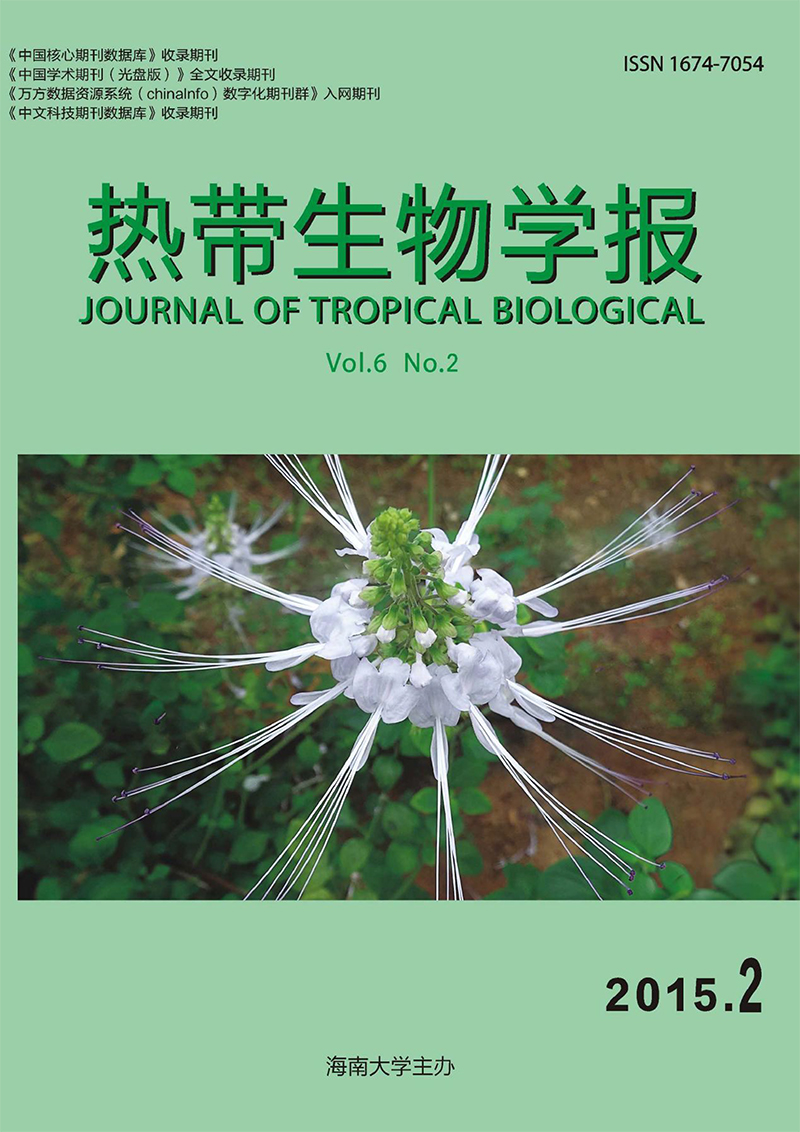Functions of Gene HpaA in Xanthomonas campestris pv. campestris
doi: 10.15886/j.cnki.rdswxb.2015.02.003
- Received Date: 2015-01-30
-
Key words:
- Xcc8004 /
- type Ⅲ secretion system /
- gene HpaA
Abstract: Xanthomonas campestris pv. campestris( Xcc),a Gram-negative plant pathogenic bacterium,can cause black rot diseases on crucifer plants,including cabbage,radish and Arabidopsis. Xcc secrets effector proteins into plants via the type Ⅲ secretion system to help its infection and reproduction. HpaA protein widely exists in Xanthomonas,and it has been reported that HpaAXcv85-10 is a type Ⅲ effector and participates in other effector secretion in X. campestris pv. vesicatoria( Xcv). Xcc contains the HpaA protein homologue. However,it is not clear whether the HpaAXcc protein can be secreted in type Ⅲ secretion system,and the mechanism of hpaAXcc remains unclear. In this study,secretion assay indicated the HpaAXcc8004 protein secretion was type Ⅲ secretion system dependent. Subcellular localization assay indicated that HpaAXcc8004 was located in the plant cell nucleus,which was consistent with HpaAXcv85-10 protein location in plants. In addition,the deletion mutant of HpaA gene was achieved by means of homologous recombination,and the deletion mutant caused reduced symptoms in cabbage,radish and Arabidopsis thanliana,which indicated that HpaAXcc8004 was required for the Xcc8004 complete toxicity in the host plants. Furthermore,in the HpaA transgenic Arabidopsis,HpaAXcc8004 can perform its function to reduce the chlorosis symptoms caused by Pseudomonas DC3000 and Xcc8004.
| Citation: | ZOU Jun, RONG Wei, LI Huiping, LIN Daozhe, HE Chaozu. Functions of Gene HpaA in Xanthomonas campestris pv. campestris[J]. Journal of Tropical Biology, 2015, 6(2): 119-126. doi: 10.15886/j.cnki.rdswxb.2015.02.003 |






 DownLoad:
DownLoad: